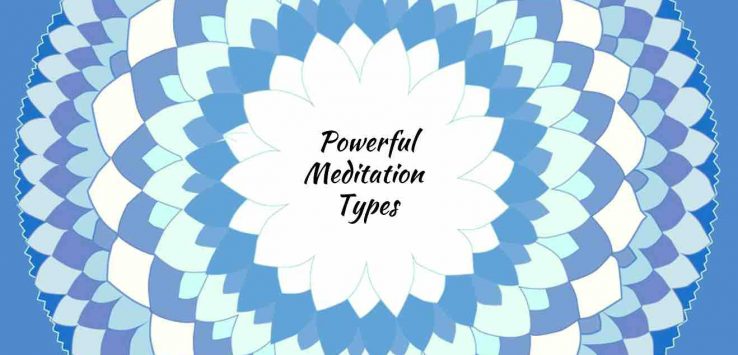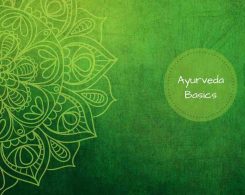- 3Shares
- 1. Mantra Meditation â The Power Of Sound
- 2. Mindfulness Meditation â Live In The Moment
- 3. Vipassana Meditation â Develop Clear Vision
- 4. Kundalini Meditation â Awaken Your Primal Power
- 5. Qigong â Redirect & Renew Your Energy
Humans have been exploring many types of meditation for over 5,000 years. And the practice continues to expand and evolve – as more and more people adopt, combine, and add to the many existing techniques. Certain types of meditation, however, hold special significance. They are immensely powerful, and continue to bring millions of people closer to a life of mental peace, physical wellness, and spiritual development. Here, we discuss 5 of the most transformative meditation types out there.
Types Of Meditation
1. Mantra Meditation – The Power Of Sound
One of the oldest types of Hindu meditation, mantra meditation has also been used in yoga, Buddhism, and Sufism since ancient times. Mantras are sounds that create vibrations of strong, positive energy. They are instruments used to concentrate as well as quieten the mind. In fact, even a room in which mantra meditation is regularly performed gets filled with positive vibrations. The power of mantras builds through repetitive chanting or listening – which one usually does verbally in the beginning, and mentally later on.
2. Mindfulness Meditation – Live In The Moment
Among the most popular meditation types today, mindfulness meditation is an umbrella term for many meditation techniques that focus on being in the “here and now”. They involve witnessing your thoughts, emotions, and body sensations with acceptance and compassion. This develops the wisdom that you are not your thoughts and emotions – but they simply arise in you and pass away. You then reach a deeper, more peaceful state unaffected by the external world. You can do it by sitting with eyes closed, walking, focusing on one’s breath, or even while performing daily activities.
3. Vipassana Meditation – Develop Clear Vision
Vipassana is one of the most intense meditation techniques. Among the oldest types of buddhist meditation, its goal is to peel away the layers of illusion and experience the ultimate truth of impermanence. It involves focusing on physical sensations that are ever-present throughout the body, but not noticed by the non-meditating mind. This process takes one from the gross physical state to a much subtler dimension – ultimately leading to complete liberation from suffering.
4. Kundalini Meditation – Awaken Your Primal Power
In ancient India, people practised many meditation techniques in tantra, Shaktism, and yoga…such as Kundalini meditation. Kundalini is the Sanskrit term for the primordial energy-source of all life that lays dormant at the base of our spine. Kundalini meditation has one aim – to awaken this energy, and make it rise from the base of the spine up to the Sahasrara or Crown chakra. It uses yogic postures, pranayama (breath control), and mantras. This is a very serious and powerful practise, which results in profound transformation in consciousness…and finally, the stage of blissful enlightenment. So please learn it under proper guidance, not from the Internet!
5. Qigong – Redirect & Renew Your Energy
Perhaps one of the lesser understood meditation types, Qigong has roots in ancient Chinese medicine as well as martial arts. While Qigong involves meditative movement in general, Qigong meditation is typically practised in still positions. It involves not only quietening the mind, but also redirecting the flow of Qi (life force energy, similar to the yogic concept of ‘prana’). It clears energy blockages, releases negativity, and allows free flow of fresh bioelectricity throughout the body. This leads to tremendous improvements in mental as well as physical health.
Note: Posts on Ayurvedum are solely for the purpose of sharing the goodness of Ayurveda and bringing awareness about natural and healthy living. Please do not substitute it for professional medical advice. Ingredients discussed can interfere with certain medications. So, before using anything to treat yourself, always consult an Ayurveda doctor or practitioner.






Leave a Reply